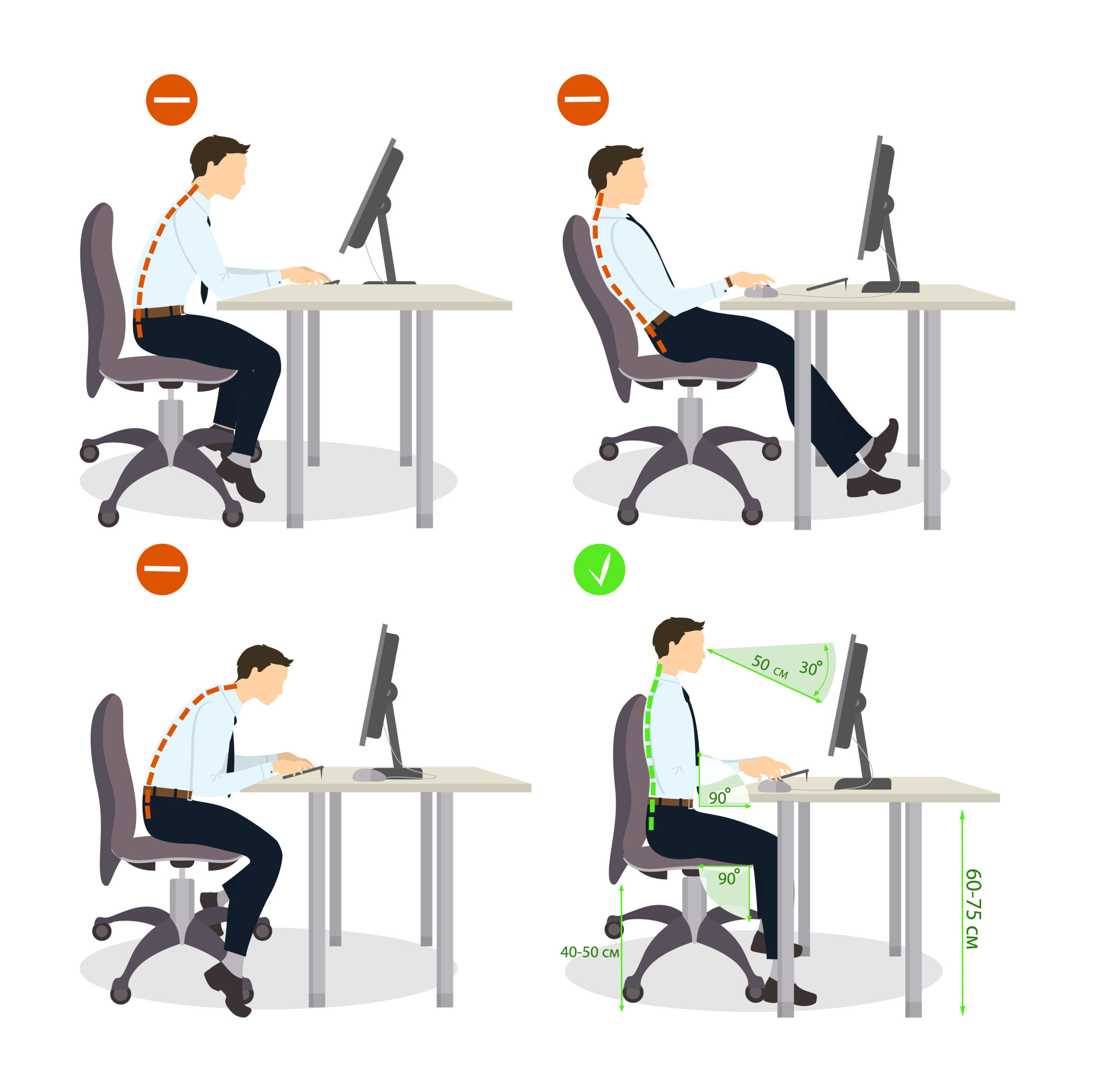Proper posture is an essential part of preventing back pain. When you sit or stand with proper posture, your bones and muscles are aligned in a way that reduces strain and tension on your spine. This can help prevent injuries and chronic pain in the long term.
One of the most important things to keep in mind when it comes to posture is to maintain a neutral spine. This means keeping your head, shoulders, and hips in a straight line. When you slouch or slump, your spine is no longer in a neutral position and this can put added stress on your spine.
Proper posture also helps to distribute your weight evenly across your joints and muscles. When you slouch or hunch forward, the weight of your upper body is significantly more forward-leaning, putting extra pressure on your lower back. This can lead to chronic pain and other debilitating conditions over time.
Another important aspect of posture is to maintain proper alignment when sitting. It's important to sit with your feet flat on the floor and to use a chair that supports the natural curve of your lower back. Avoid crossing your legs or sitting on your wallet as these can throw off your alignment and cause strain on your back.
Maintaining optimal posture is essential for preventing back pain. By keeping your spine in a neutral position, distributing your weight evenly, and maintaining proper alignment when sitting, you can reduce your risk of injury and chronic pain.
In addition to preventing back pain, good posture can also help prevent neck pain. The area of the spine in your neck, also known as the cervical spine, is made up of small bones and muscles that can be easily strained if not properly aligned.
One of the main causes of neck pain is poor posture, particularly when sitting or standing for long periods of time. When you slouch or hunch forward, the weight of your head is thrown forward, putting extra pressure on your neck. This can lead to chronic pain and injury over time.
Proper posture can help to alleviate neck pain by reducing the strain on the neck muscles. When you sit or stand with good posture, your head is in a neutral position and your shoulders are back and down. This helps to distribute the weight of your head evenly across your neck muscles, reducing the risk of injury.
Another important aspect of posture is to keep your computer screen at eye level. When your screen is too high or too low, it can cause you to tilt your head forward or backward, putting extra pressure on your neck.
Overall, maintaining good posture is crucial for preventing both back and neck pain. By keeping your spine and neck in a neutral position, distributing your weight evenly, and maintaining proper alignment when sitting and sleeping, you can reduce your risk of injury and chronic pain.


